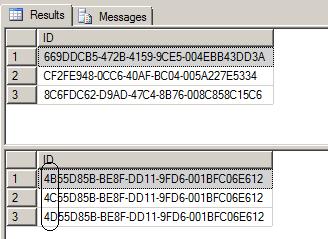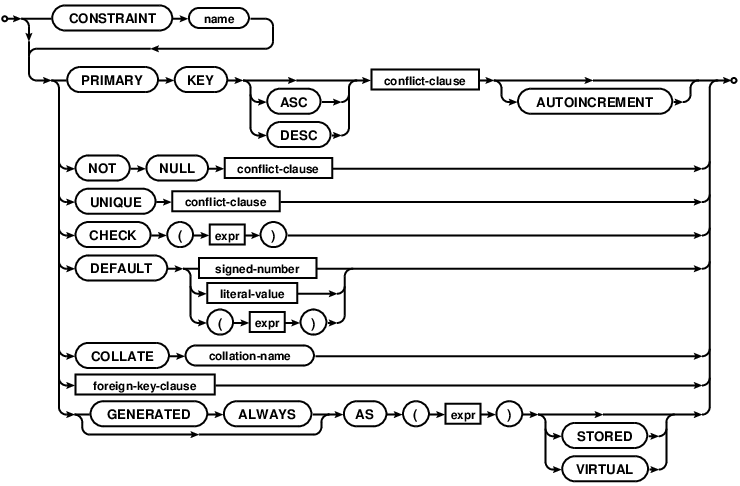Return Auto Generated Key In Sql
Posted By admin On 12.12.20- Return Auto Generated Key In Sql File
- Return Auto Generated Key In Sql Excel
- Return Auto Generated Key In Sql File
- Return Auto Generated Key In Sql 2017
How to get mysql auto increment key value using java jdbc. By Yashwant Chavan, Views 66658, Last updated on 13-Feb-2019. JDBC 3.0 introduced to get auto generated keys using getGeneratedKeys method, It return the ResultSet object with the help of next method of result set we retrieve the auto generated key value.
The driver will ignore the array if the SQL statement is not an INSERT statement, or an SQL statement able to return auto-generated keys (the list of such statements is vendor-specific). In some (uncommon) situations, a single SQL statement may return. An application can return values of auto-generated keys when it executes an Insert statement. How you return these values depends on whether you are using an Insert statement with a Statement object or with a PreparedStatement object, as outlined in the following scenarios. I'm trying to get a the key-value back after an INSERT-statement. Example: I've got a table with the attributes name and id. Id is a generated value. INSERT INTO table (name) VALUES('bob'); Now I want to get the id back in the same step. How is this done? We're using Microsoft SQL Server 2008.
Similar to MySQL, PostgreSQL, Oracle, and many other relational databases, SQL Server is best utilized when assigning unique primary keys to most database tables.
Return Auto Generated Key In Sql File
The advantages to using numeric, auto incremented primary keys are numerous, but the most impactful benefits are faster speed when performing queries and data-independence when searching through thousands of records which might contain frequently altered data elsewhere in the table. With a consistent and unique numeric identifier, applications can take advantage of these faster and more reliable queries.
Basic Table Creation
Once connected to your SQL Server, you’d normally start by CREATING a new table that contains the the field you wish to use as your incremented primary key. For our example, we’ll stick with the tried and true id field:
The problem here is, we have no way of controlling our id field. When a new record is inserted, we not only must manually enter a value for id, but we have to perform a query ahead of time to attempt to verify that id value doesn’t already exist (a near-impossibility when dealing with many simultaneous connections).

Using Identity and Primary Key Constraints
The solution turns out to be using two constraint options provided by SQL Server.
The first is PRIMARY KEY, which as the name suggests, forces the specified column to behave as a completely unique index for the table, allowing for rapid searching and queries.
Return Auto Generated Key In Sql Excel
While SQL Server only allows one PRIMARY KEY constraint assigned to a single table, that PRIMARY KEY can be defined for more than one column. In a multi-column scenario, individual columns can contain duplicate, non-unique values, but the PRIMARY KEY constraint ensures that every combination of constrained values will in fact be unique relative to every other combination.
The second piece of the puzzle is the IDENTITY constraint, which informs SQL Server to auto increment the numeric value within the specified column anytime a new record is INSERTED. While IDENTITYcan accept two arguments of the numeric seed where the values will begin from as well as the increment, these values are typically not specified with the IDENTITY constraint and instead are left as defaults (both default to 1).

Return Auto Generated Key In Sql File
With this new knowledge at our fingertips, we can rewrite our previous CREATE TABLE statement by adding our two new constraints.
Return Auto Generated Key In Sql 2017
That’s all there is to it. Now the id column of our books table will be automatically incremented upon every INSERT and the id field is guaranteed to be a unique value as well.